The 10-Year Rule
The 10-Year Rule requires certain beneficiaries to withdraw the balance of the IRA account within 10 years from the death of the owner of the account, unlike before where beneficiaries had the possibility of spreading the withdrawals throughout their lifetime expectancy period. This forces beneficiaries to pay taxes on the entire balance if they do not want to disclaim any portion of the IRA. Certain groups of people are excluded from the new law, including surviving spouse, minor children (requirement only deferred until majority and with some exceptions), chronically ill or disabled individuals (must be ill or disabled on the date of death of the owner of the account) and individuals within 10 years of the deceased person’s age.
The SECURE Act Effect on Estate Planning
When creating an estate plan while having individual retirement accounts, there are few options available to consider creating a plan that will be most beneficial to all parties.
Roth IRA
Even though the beneficiaries are still required to withdraw the balance of the account within the 10-year period, taxes on Roth IRA are paid by the owner of the account, leaving a tax-free gift. If the owner of the account is in a smaller tax bracket then the beneficiaries, it may be best for him or her to pay taxes, having lower tax liability and leaving a larger net gift to the beneficiaries.
Charity
Creating a Charitable Remainder Trust (CRT) as the IRA beneficiary is another option. This trust allows for a stream of income to its beneficiary throughout his or her lifetime, requiring payment of income taxes only on the amount they receive from the trust. Upon the death of the beneficiary the remaining balance of the trust is distributed to a charity picked by the creator of the trust.
Life Insurance
One may choose to withdraw money from an existing IRA during the owner’s lifetime, pay the income tax on it and use the amount to purchase a life insurance policy, leaving a tax-free gift for beneficiaries.
Disclaimer
Disclaimer language in your will, trust, or beneficiary designation forms allows beneficiaries to disclaim all or part of the account balance, having it passed on to a contingent beneficiary, and freeing the primary beneficiary from having to pay taxes on the balance.
Accumulation Trusts
Trust provisions can be altered so that even though the 10-year payout requirement will still apply, it will allow the trust to keep the money for its young, vulnerable or inexperienced beneficiaries to be handled by a trustee.
If you believe your estate plan may have been affected by the SECURE Act, call or text (216) 586-4246 today to schedule your consultation!



